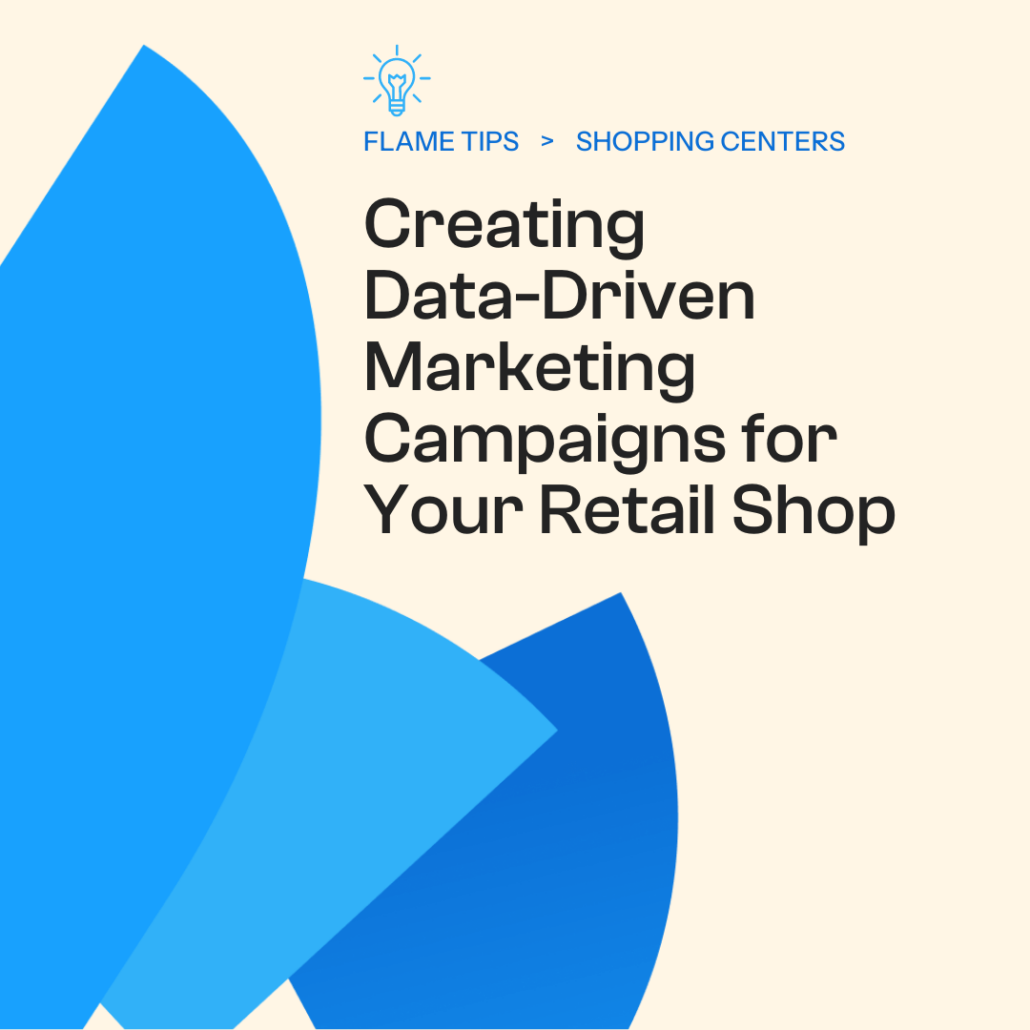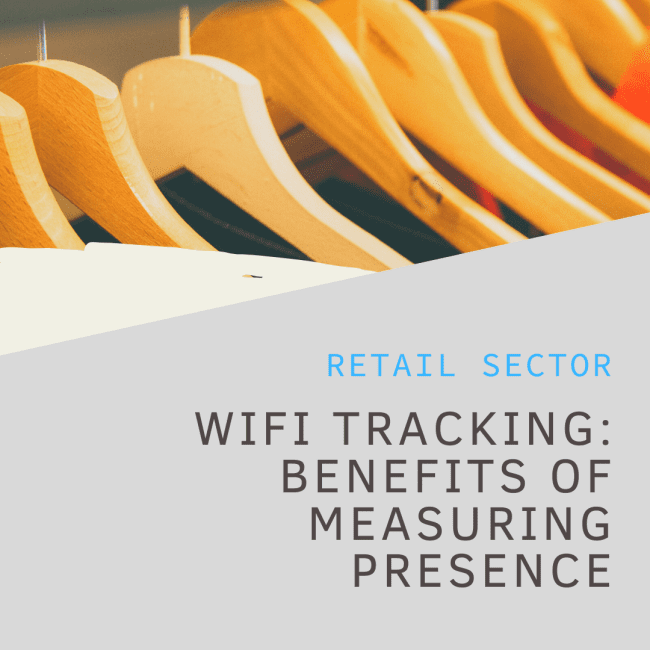Are you leveraging data to create personalized marketing campaigns for your retail shop? Nowadays, data-driven marketing campaigns are essential for the success of any retail shop. By utilizing customer data, retailers can develop personalized and effective marketing strategies that not only attract new customers but also retain existing ones.
This blog will walk you through the steps to create data-driven marketing campaigns for your retail shop, helping you stay ahead of the competition and maximize your sales.
Understanding the Importance of Data in Retail Marketing
Data is the backbone of modern marketing strategies. For a retail shop, data provides insights into customer behavior, preferences, and purchasing patterns. By analyzing this data, retailers can tailor their marketing efforts to meet the specific needs of their customers, resulting in more effective campaigns and higher conversion rates.
Steps to Create Data-Driven Marketing Campaigns
1. Collecting Customer Data
The first step in creating data-driven marketing campaigns is to collect customer data. This can be done through various methods such as:
- In-Store Purchases: Use point-of-sale (POS) systems to gather data on what products customers are buying.
- Customer Surveys: Conduct surveys to gather feedback and preferences directly from customers.
- Loyalty Programs: Implement loyalty programs to track customer purchases and reward repeat customers.
2. Analyzing Customer Data
Once you have collected customer data, the next step is to analyze it. Use data analytics tools to identify patterns and trends in customer behavior. Key metrics to focus on include:
- Purchase History: Analyze what products are popular and when they are most frequently purchased.
- Customer Segmentation: Group customers based on demographics, purchase behavior, and preferences.
- Sales Trends: Identify seasonal trends and peak shopping times.
3. Creating Customer Profiles
Based on your analysis, create detailed customer profiles. These profiles should include information such as:
- Demographics: Age, gender, location, etc.
- Preferences: Favorite products, shopping frequency, preferred communication channels.
- Behavior: Buying habits, average spending, response to promotions.
Customer profiles help you understand your audience better and create more personalized marketing campaigns.
Developing Data-Driven Marketing Strategies
1. Personalized Email Campaigns
Email marketing is a powerful tool for retail shops. Use customer data to create personalized email campaigns that offer tailored promotions, product recommendations, and exclusive offers. Segment your email list based on customer profiles to ensure that each email is relevant to the recipient.
2. Targeted Social Media Advertising
Social media platforms offer advanced targeting options based on user data. Use these tools to run targeted ads that reach your ideal customers. Create ads that reflect the preferences and interests of your customer segments to increase engagement and conversions.
3. Loyalty Programs
Implementing a loyalty program can drive repeat business and increase customer retention. Use customer data to design a loyalty program that rewards customers for their purchases and encourages them to shop more frequently. Personalized rewards and offers can make your loyalty program more attractive.
4. In-Store Personalization
Leverage customer data to personalize the in-store shopping experience. Train your staff to recognize loyal customers and provide personalized service. Use digital displays to offer personalized recommendations based on past purchases.
Measuring the Success of Your Campaigns
To ensure the effectiveness of your data-driven marketing campaigns, it’s essential to measure their success. Key performance indicators (KPIs) to track include:
- Conversion Rates: The percentage of customers who make a purchase after engaging with your campaign.
- Customer Retention: The rate at which customers return to your retail shop.
- Sales Growth: The increase in sales revenue attributed to your marketing efforts.
- Customer Engagement: The level of interaction and engagement with your campaigns.
Marketing Strategies for your Retail Shop
Creating data-driven marketing campaigns for your retail shop is a strategic approach to understanding and meeting customer needs. By collecting and analyzing customer data, developing personalized marketing strategies, and measuring campaign success, you can enhance customer satisfaction and drive sales growth. Embrace data-driven marketing to stay competitive and ensure the long-term success of your retail shop.
By integrating these practices into your marketing efforts, your retail shop can effectively leverage data to create impactful and profitable marketing campaigns.







